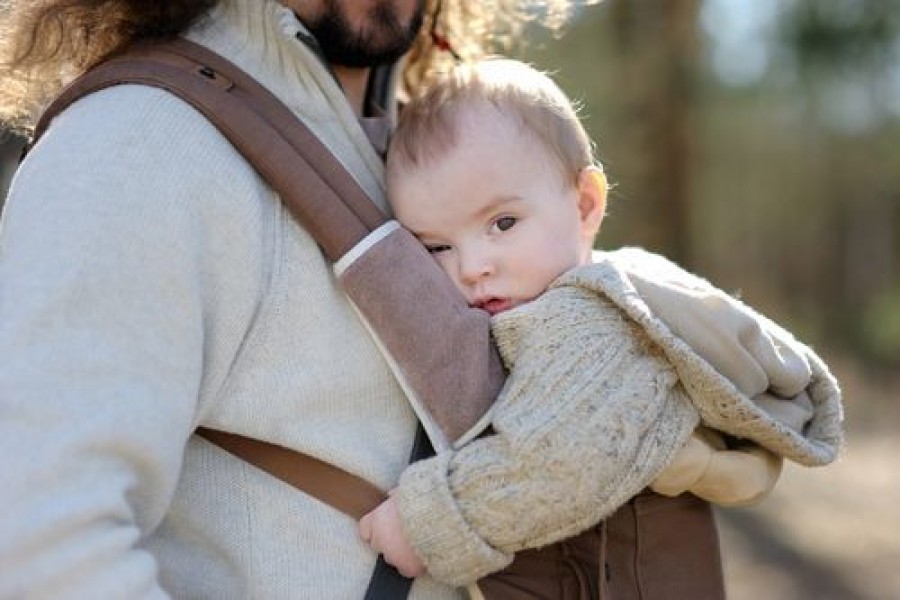How to choose the right pram or stroller for your baby
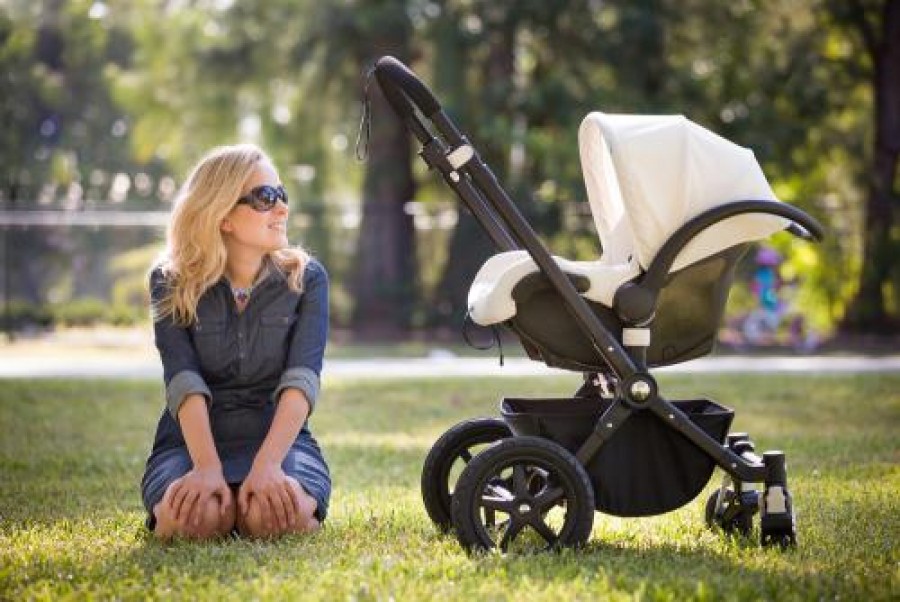
Having a baby is a life changing event that can be stressful and exciting, all at the same time, especially when it comes to shopping for your baby’s needs. A stroller or pram is an integral item you’ll be adding to your list of baby supplies, and in a high-tech day and age, there isn’t just one type to choose from. Picking the perfect stroller can be an overwhelming experience and you’ll need to consider their differences and pros and cons before you buy. Luckily, we’ve compiled a list of tips to keep in mind when choosing the right pram or stroller for your baby.
A stroller is typically needed until a child is able to walk on their own, usually about age 3 or 4. But some parents also use their strollers until their child is 7 or 8 years old, particularly if they’re walking long distances or throughout the day. Below are a few things to consider before buying your stroller or pram:
Where will you mainly use your stroller?
Firstly, you’ll need to consider where you live and where you expect to use your stroller. If you live an active lifestyle and wish to venture out often with your baby, you’ll need a sturdy stroller to manoeuvre over curbs, through foot traffic, shopping centres and on public transportation.
However, if you live in a suburban area, rely more heavily on your car or aim to use it mainly for quick errands, then this won’t be much of an issue and a simple car-seat stroller frame or lightweight stroller should do the trick. Be sure to check if it folds and fits into your car for efficient access also.
Stroller vs. pram – What’s the difference?
If you’re a little confused as to what the difference is between a ‘pram’ and ‘stroller’, don’t be. A stroller simply includes an upright seat while a pram refers to one with a bassinet or flat sleeping surface, although most models these days are inclusive of both positions.
A pram, pramette and bassinet are more suited to a newborn to 6 or even 12 months, as they’re likely to sleep more. Whereas a stroller includes an upright or reclining seat that gives your toddler the flexibility to move around a bit more.
Before you head to the shops though, there are a variety of strollers to consider and let’s face it, they’re not the cheapest things in the world. First-time parents are usually a little shocked when they discover how much they really cost, but in the end, it depends on what you’re after and how much you’re willing to spend.So before making any decisions, it’s best to think about your budget.
The stroller styles and costs
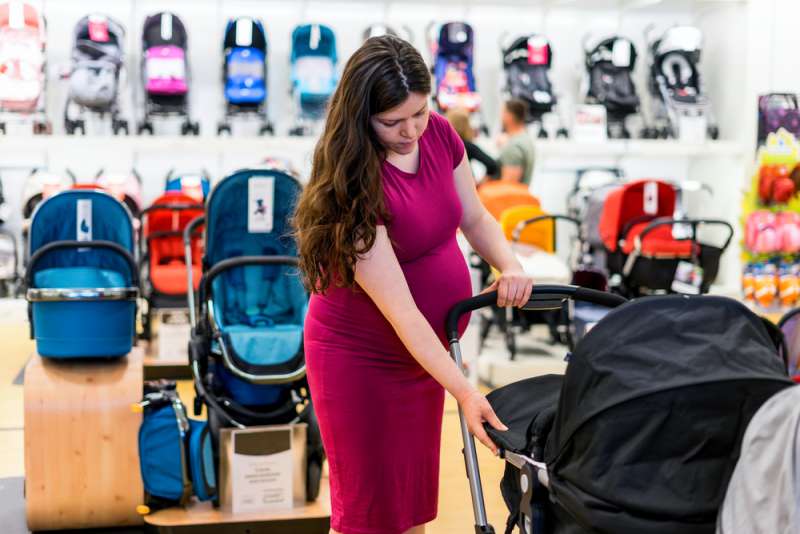
Upright stroller
If you’re looking for an affordable and no frills option, an upright stroller is your best bet, as prices can range from as little as $39. Kmart sells an inexpensive and very simple upright stroller if you’re not after anything fancy and is constructed with a lightweight frame that’s perfect for a stroll or running errands with your little one. Although it’s cheap, light and conveniently folds into the car, it may not be the perfect long-term stroller that will keep up with your child’s development, and they’re not suitable for infants as they don’t provide much head and neck support.
Traditional or all-purpose strollers
Vary in cost and come in a variety of colours and styles to suit your tastes. They generally include a number of compartments for storage, which is another important aspect to consider, as you want to make sure that your stroller accommodates your needs and makes it easier for you and your baby when heading out. Prices can range from around $200 to $2000 with simple inexpensive models to high-end strollers loaded with cool features.
Car seat stroller frames
They’re designed to hold infant seats by simply removing the car seat from its base and putting it into the stroller frame. This multipurpose car seat function is also convenient when you need to move a sleeping baby from the back seat, which we all know is a mission in itself. However, you won’t be able to use it once your child outgrows the seat.
Travel system stroller
A similar option to the car seat stroller is the travel system stroller, which is a multi-piece set feature-packed with cup holders, storage space, swing-out front trays, and fully reclining seats for newborns. Travel systems can be pricier than car seat stroller frames.
Jogger stroller
Alternatively, if you’re looking for something to suit your active lifestyle, a jogger stroller resembles a tricycle and features 3 bicycle wheels fitted onto a lightweight frame. There are a number of benefits to a jogger stroller and they are suited to an outdoorsy type of family who want to go for long walks, runs or even hikes! Jogger strollers are available with two seats for more than one child, either one behind the other or side-by-side. Three-wheelers are easier to push around than four-wheelers due to their larger wheels which pivot and manoeuvre easily, but can roll away or tip over if left unattended or when turning corners. Surprisingly, jogging strollers are pretty affordable and can be purchased from around $130 to the high hundreds.
Layback stroller
Lastly, a layback stroller or pramette allows the baby to sit up or lay down for a sleep – perfect for newborns and a convertible bike stroller is a combination between a bike and a stroller for the adventurous mums and dads out there.
Double stroller/twin stroller
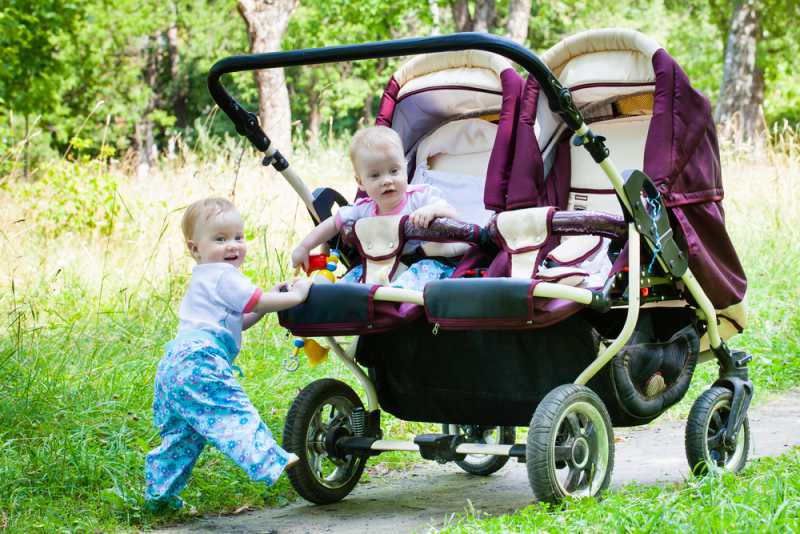
So you’ve just found out you’re having twins or maybe you are having another baby not so long after your first. Either way, a double stroller saves you the trouble and time by fitting two seats into one frame, either alongside one another or behind one another. There are three types to choose from – side-by-side, tandem and single seaters with a toddler seat attached. You’ll know which one is right for you by trying different models in the store with the kids in them to get an idea of what’s perfect for your family.
Side-by-side prams/strollers
Have two seats next to each other and can include seats that recline independently, which is definitely something to look out for. Just because one baby wants to sleep, it doesn’t mean the other will! These are handy because you can keep an eye on both babies at once, are better for twin newborns as seats fully recline and are much bigger than single stroller – but they are quite heavy and bulky and can make fitting through doorways or even supermarket aisles a bit more of an effort – just something to keep in mind.
Tandem prams
Narrower than their side-by-side counterpart, but they can make it harder to see your children at the same time, which may stress some first-time parents out a bit. Unlike the side-by-side models, it’s rare to find a tandem stroller that allows both seats to fully recline back. The child behind will be able to do this, but the one in front may not, and this can be a problem with newborns.
A single-seat pram or stroller
With a toddler seat attachment means that you simply buy the stroller for your first child and then add a toddler seat when your second one arrives. This can be beneficial for a number of reasons, including the fact that you don’t need to buy a new pram (which saves money). The length and the width of the pram will remain the same, so you won’t have to get adjusted to pushing around a whole different model with new features and gadgets. Finally, they are versatile and fit a number of seats at either the front or rear of the pram. However, they don’t usually fully recline and are not really suitable for newborns. If children are not put into or out of the pram properly and according to the instructions, the pram can become unbalanced and tip over, which poses a number of safety concerns.
Triple and quad strollers
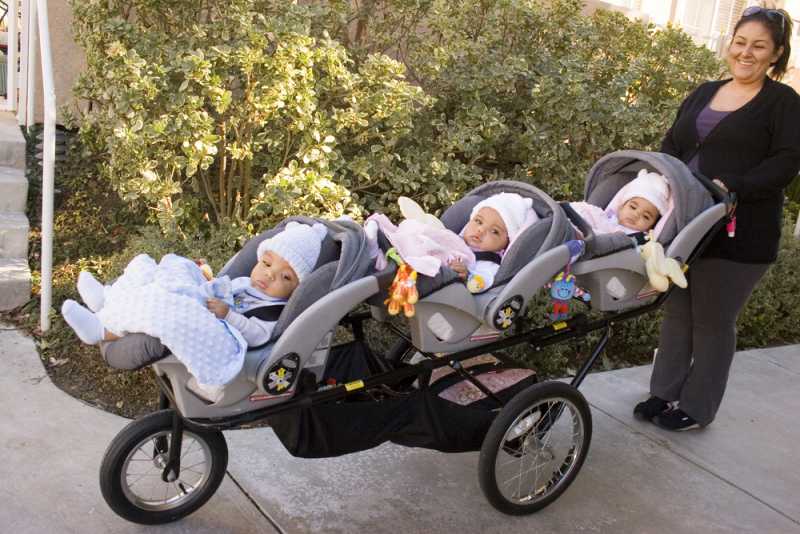
Just like the double strollers, you can even buy triple or quad strollers too! Some allow you to switch up seats in multiple configurations and children can lay all the way flat as newborns. They can be pricey and bulky as most of them steer like a car.
What pram or stroller suits according to age?
0-6 months
Go for a sturdy stroller that includes a comfy seat that fully reclines so your newborn can lie flat on his back. A travel system stroller is a good choice for this as it accommodates an infant car seat so you don’t have to wake bub up if they fall asleep in the car. You can opt for an inexpensive travel system at this stage if funds are a bit tight and upgrade to a more expensive one once the baby can sit up on their own. A bassinet pram is another option as they can be used indoors beside your bed or can be used as a pram with its fitted wheels for portability.
6-12 months
Your baby will need a comfortable seat and stroller that is a little more roomy, offering extra support and cushioning for them to sit upright. Make sure it comes with a five-point harness to ensure your baby is secure at all times. You have a bit more flexibility now when it comes to purchasing a stroller and can choose one that also suits your lifestyle as well. A lightweight jogging stroller is a popular one that handles sidewalks and trails quite well or an ultra-portable umbrella stroller easily fits in the boot if you’re always on the go.
18-24 months
Now that your baby is becoming more independent and curious about the world around them, be aware of harnesses to keep them secure as it’s easy for them to hop out as they please, and check for potential safety hazards like points or gaps where the canopy opens. Kids are likely to be walking at this stage so even if you take them out in the stroller, it’s unlikely they will want to stay in one. Choosing a lightweight model will allow you to navigate it easier while walking and holding your toddler’s hand as steering can be an issue if the frame is too heavy.
For big kids
Three-wheeled jogger strollers are excellent for larger children as they accommodate a 4 or 5 year old with no problems, and may even fit a child aged 7. As discussed before, the jogger stroller allows you to travel over uneven terrain and folds to a compact size. Large umbrella strollers are also another popular option for families with large toddlers or children aged 3-4 and are an economical choice and inexpensive compared to the jogger stroller. No child is the same, so it all depends on the weight and height of your child.
What else to look for in a stroller?
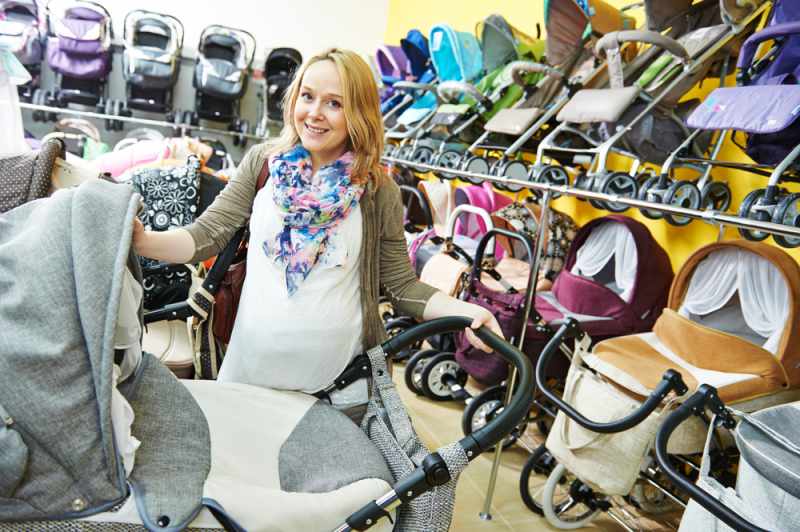
Test out the stroller by folding and unfolding it in the shops to ensure that you are able to comfortably carry it and fit it into your car boot without having to remove the wheels. Not all strollers are one-size fits all, so if you have a newborn you’ll want to make sure that the pram you buy is suitable for their size. While you’re there, play around with the pram to see how the brakes work and lock by applying them as you push the handle.
Straps and harnesses, a reversible handle, adjustable backrest, footrest, front bar, removable capsule, sun protection and self-folding frames should also be considered
Safety first!
Make sure the stroller you want to buy meets the mandatory standard with an array of safety features for your child to minimise the risk of injury. You can read more about safety and strollers by visiting Product Safety Australia as part of the Australian Competition & Consumer Commission.
As you can see, there are a lot of options to consider when choosing the ideal stroller for your baby and their needs. Budget, style, transportation, rural or urban living and safety features are key factors to keep in mind that will make the process of buying a stroller a lot easier for you and your family.


